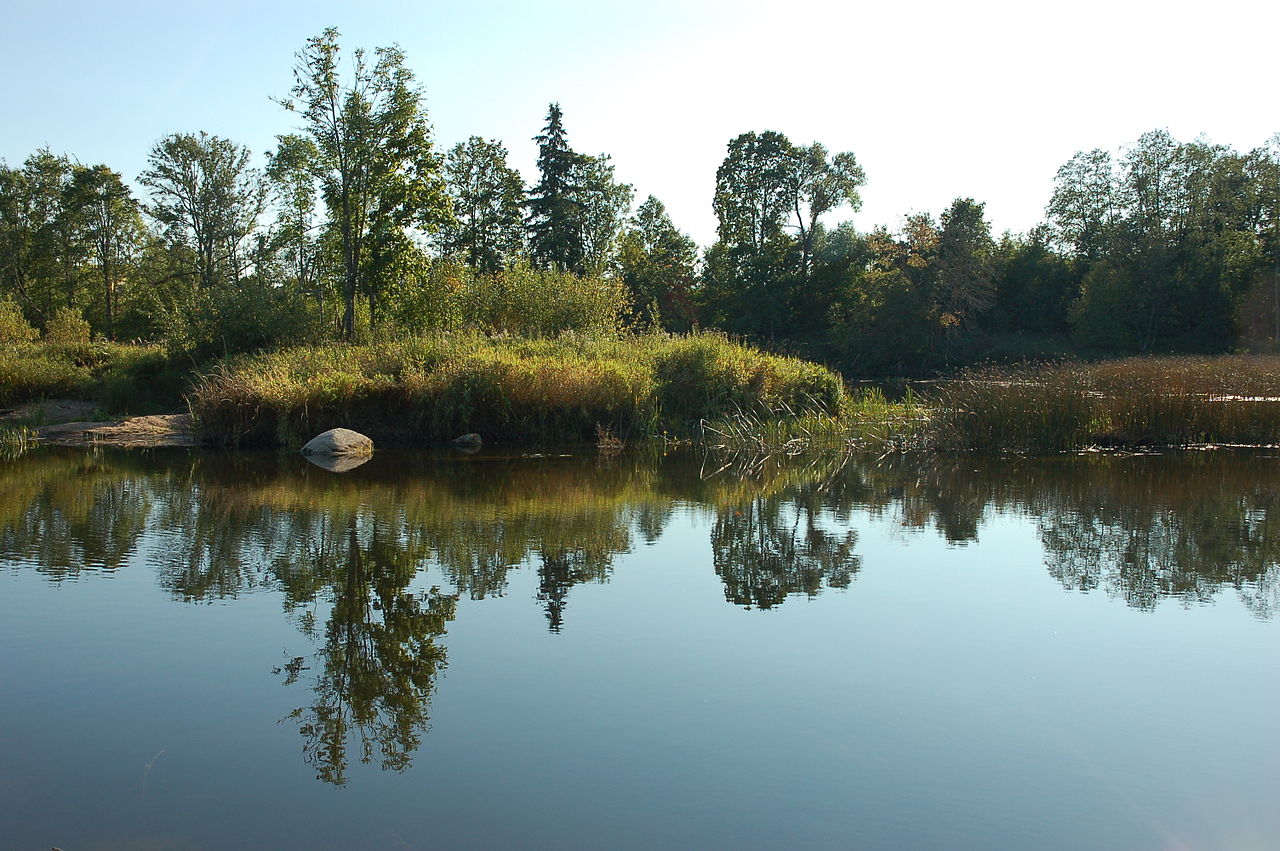Once upon a time, when humankind began coming together in villages, towns, and cities, centralizing the functions of day-to-day shelter and sustenance and beginning what we now know as civilization, people who had walked the Earth close to their unseen gods and the known sources of their well-being began to miss those direct connections.
The mountaintops and particular places where they had walked with their gods were places of great mystery and out of reach, too wild, too distant, and too obscure. Intrepid seekers ventured out from the safety of their daily lives and searched anew for the Unseen and mystery, and in time, they encountered them, often in groves of trees or within enclosures of stone, away from their villages but not as far as the out-of-reach high places.

But, with time and conscious intent and some consistency of rituals to maintain that intent, they called to and met the Unseen in places that became sacred to them for this purpose — the sacred groves. There, in the sacred grove, they rejoiced with their gods, celebrated the rites of seasons and occasions of life, and committed themselves anew to the ways of their gods and the intentions of their lives.
The old sacred groves, alas, eventually were cut down — the most sacred of them becoming the grounds on which new edifices were built, and cities around them, often built from the wood of the trees which had sheltered the rites of centuries. The gods themselves were molded into civilized entities with statues, names, rules, and rituals of praise and pleading — and many folk were content that it be so.
For others, the call of the sacred grove and the Unseen remained.



